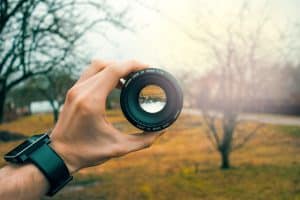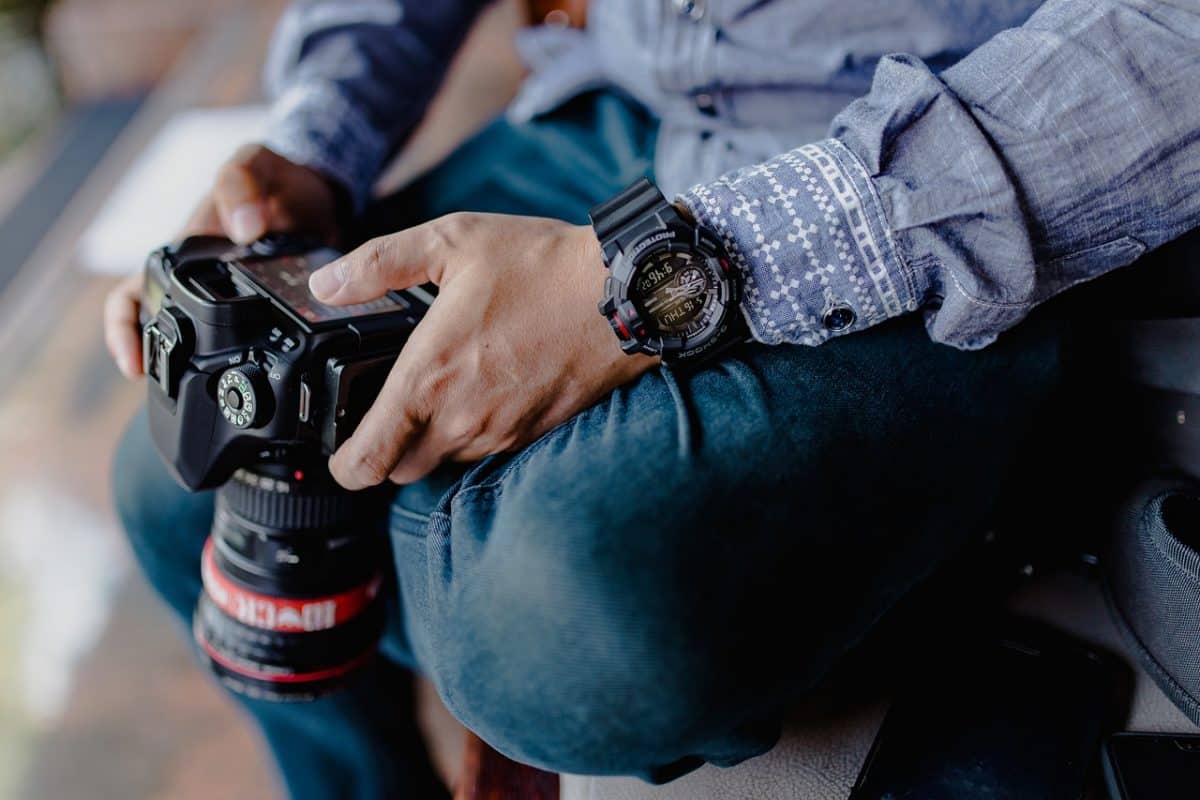In food photography, it’s worth investing more, especially when buying a lens. If food photography truly fascinates you, consider the cost as a one-time investment. Each photographer has their preferred lenses depending on how often they shoot.
If you’re looking to choose a suitable lens for food photography, you’re in the right place. Before buying, it’s important to understand focal length and your camera sensor size.
There are two main types of sensors to consider:
- Cropped sensor
- Full-frame sensor
Cropped sensors are more affordable and use a crop factor. In crop sensor cameras, the edges of the frame are trimmed, effectively increasing the focal length compared to the lens’s stated focal length. Full-frame sensors, however, focus with a 50mm lens that acts like an 80mm lens on a crop sensor.
Because of sensor differences, lenses designed for crop sensor cameras do not work on full-frame cameras.
Recommended Lenses for Food Photography
- Macro lenses: If using a crop sensor, a 60mm macro lens works beautifully, producing an effect similar to a 100mm on crop sensors or 50mm on full-frame.
- 24mm wide-angle prime lenses: Prime lenses have a wide aperture for faster shutter speeds and great depth of field, perfect for blurry backgrounds that separate the subject from the scene.

-
Zoom lenses: While prime lenses are popular, zoom lenses provide more flexibility, especially with DSLRs. Zoom lenses deliver sharp images and are ideal for focusing on food details like toppings or creamy textures.
-
Tilt-shift lenses: Common in food advertising photography, these lenses allow precise control of focus by shifting the lens up, down, left, or right to minimise distortion and maintain sharp focus at all angles.
Before investing in expensive lenses, seek advice from professional photographers and consider renting lenses to test their focal length, sensitivity, and performance.

